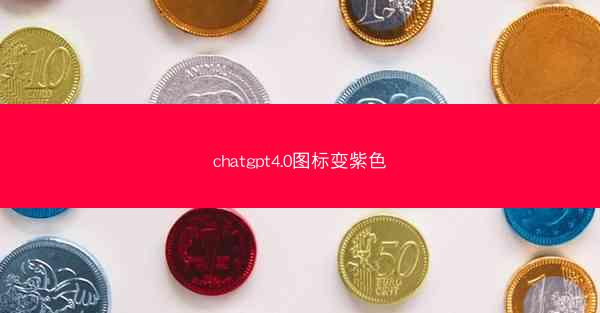
Introduction: The Power of Chat
In the digital age, the word chat has become a ubiquitous term, often used in various contexts. But have you ever wondered what the English谐音(pinyin: xié yīn, meaning rhyme or pun in Chinese) of chat could be? Let's embark on a whimsical journey to explore the playful side of this word.
1. The Sound of Chat
The English word chat is pronounced as /tʃæt/. Now, let's find a Chinese word that sounds similar. The Chinese word 茶 (pinyin: chá) means tea and has a close phonetic resemblance to chat. It's like having a cup of tea while chatting online!
2. Chatting in the Digital World
In the realm of digital communication, chat refers to the act of conversing through various platforms like instant messaging apps, social media, and online forums. The Chinese谐音 茶 (chá) can be a playful way to refer to these digital conversations, as if you're enjoying a virtual tea party with friends.
3. The Chatting Generation
The younger generation has embraced the art of chatting like never before. They use emojis, stickers, and memes to express themselves. The Chinese谐音 茶 (chá) can be a fun way to describe this generation, as if they are always on a digital tea break.
4. Chatting in the Workplace
In the professional world, chat often refers to quick, informal conversations. The Chinese谐音 茶 (chá) can be a light-hearted way to describe these interactions, suggesting that the workplace is like a tea house where ideas are shared over a virtual cup of tea.
5. Chatting with Strangers
Online, it's not uncommon to chat with strangers. The Chinese谐音 茶 (chá) can be a metaphor for these encounters, as if you're making new friends over a virtual cup of tea, sipping and chatting without any prior acquaintance.
6. Chatting as a Hobby
For some, chatting online has become a hobby. They spend hours engaging in conversations with like-minded individuals. The Chinese谐音 茶 (chá) can be a whimsical way to describe this hobby, as if they are tea enthusiasts who find joy in the art of chatting.
7. The Future of Chatting
As technology advances, the way we chat is likely to evolve. The Chinese谐音 茶 (chá) can be a symbol of this ever-changing landscape, reminding us that no matter how the digital world changes, the essence of chatting—communication and connection—remains the same.
In conclusion, the English谐音 of chat in Chinese, 茶, adds a layer of whimsy and playfulness to our digital lives. Whether we're enjoying a virtual tea party, making new friends, or engaging in professional conversations, the Chinese谐音 茶 serves as a delightful reminder that in the world of chatting, there's always a cup of tea waiting for us.
 纸飞机官网
纸飞机官网










